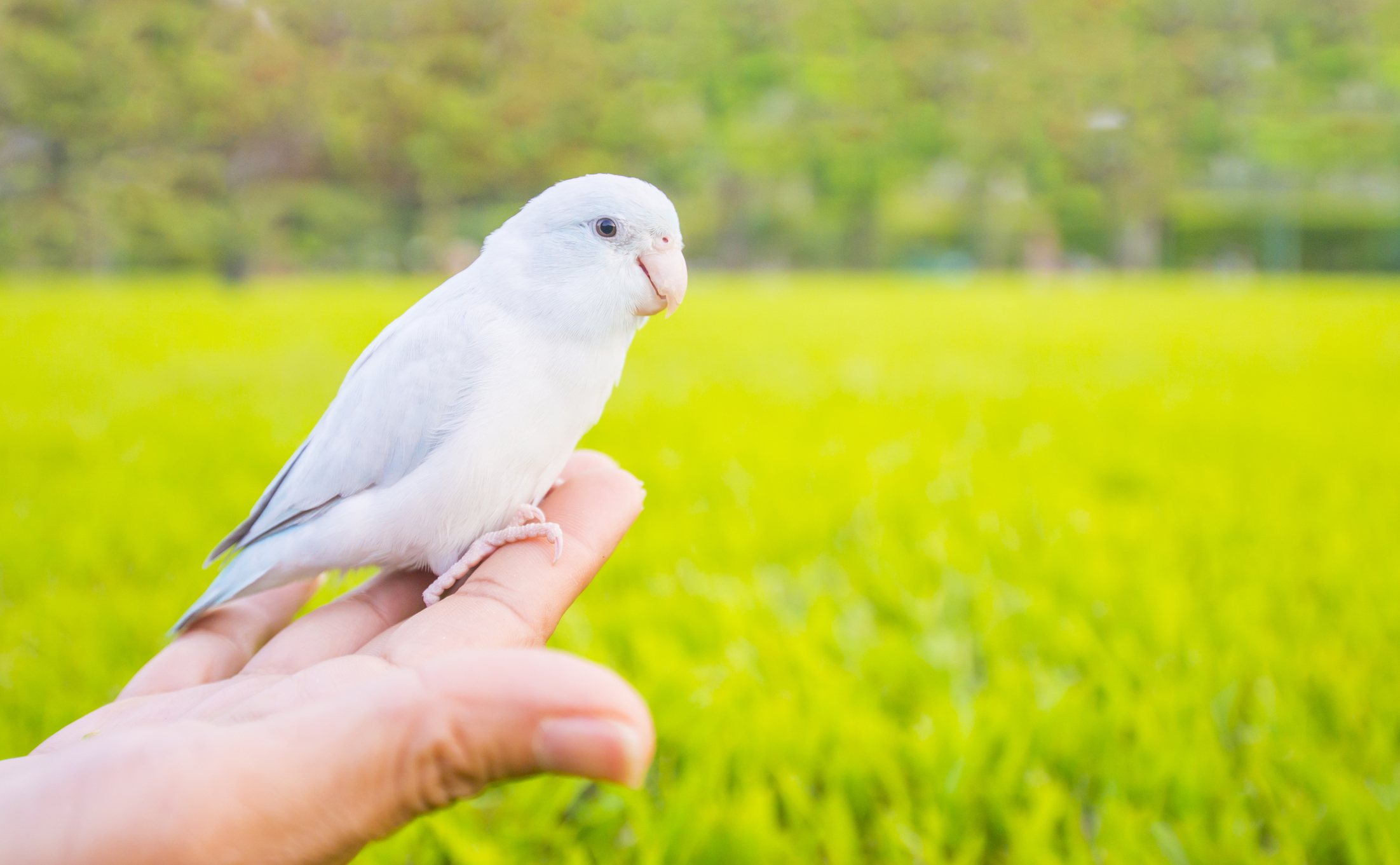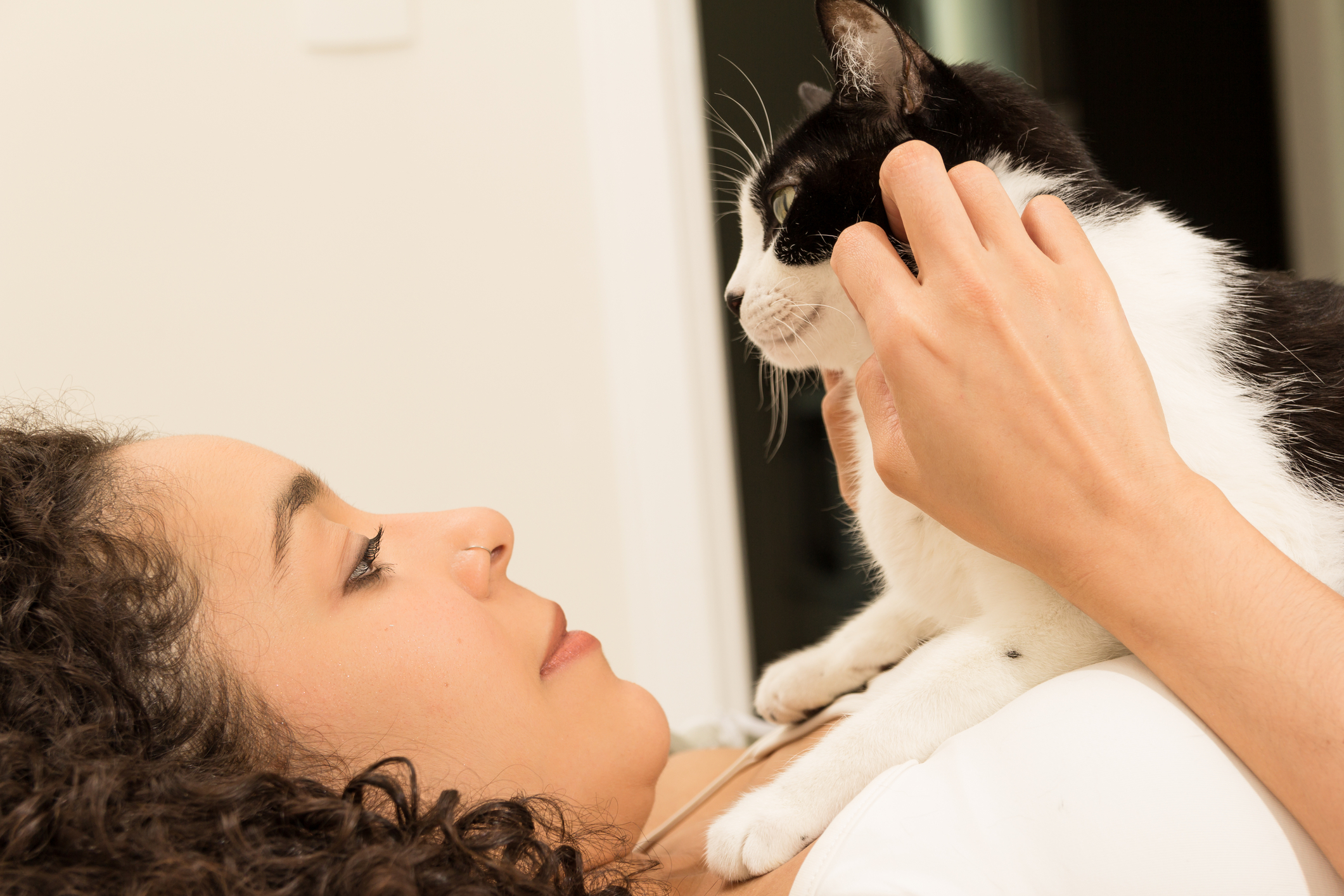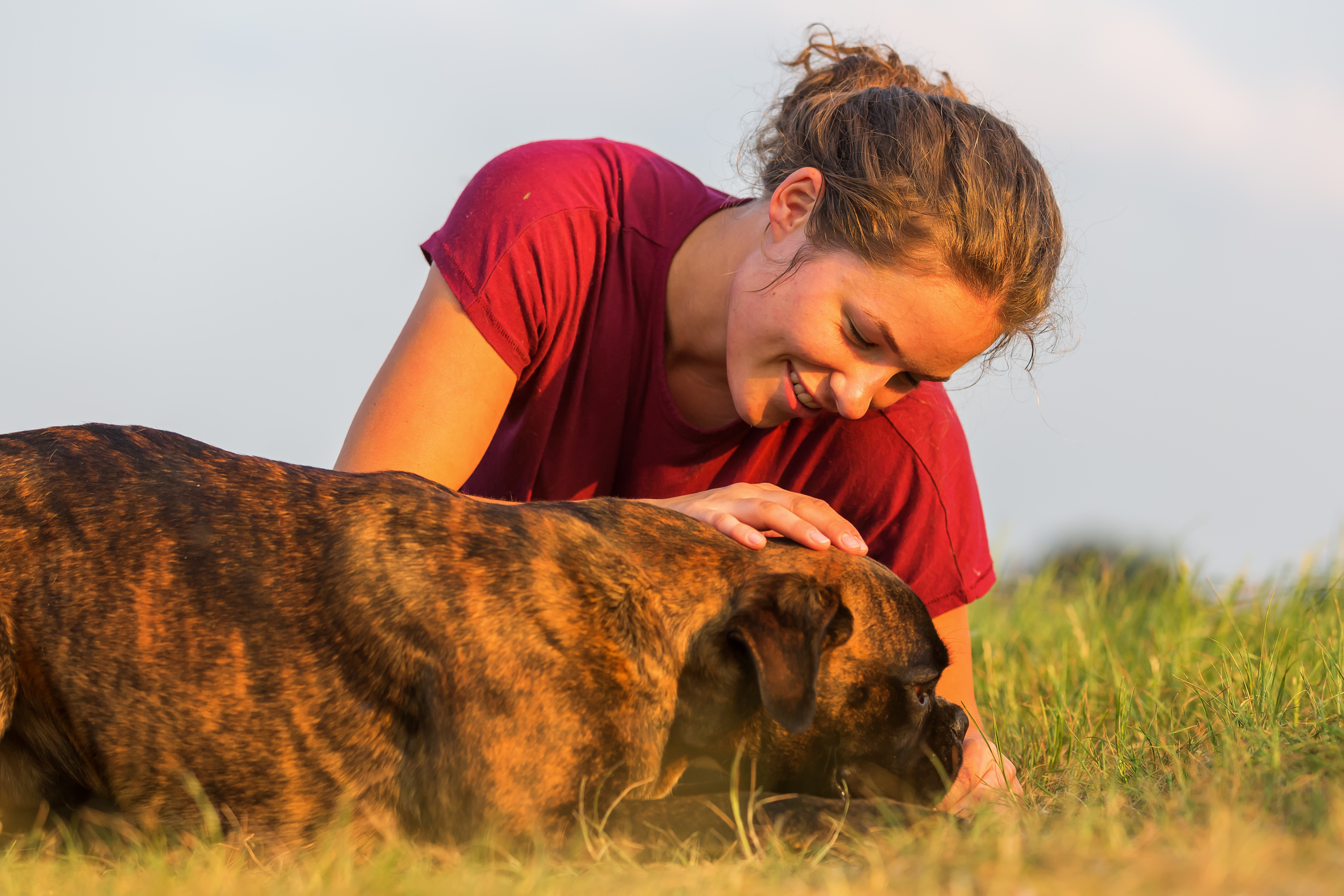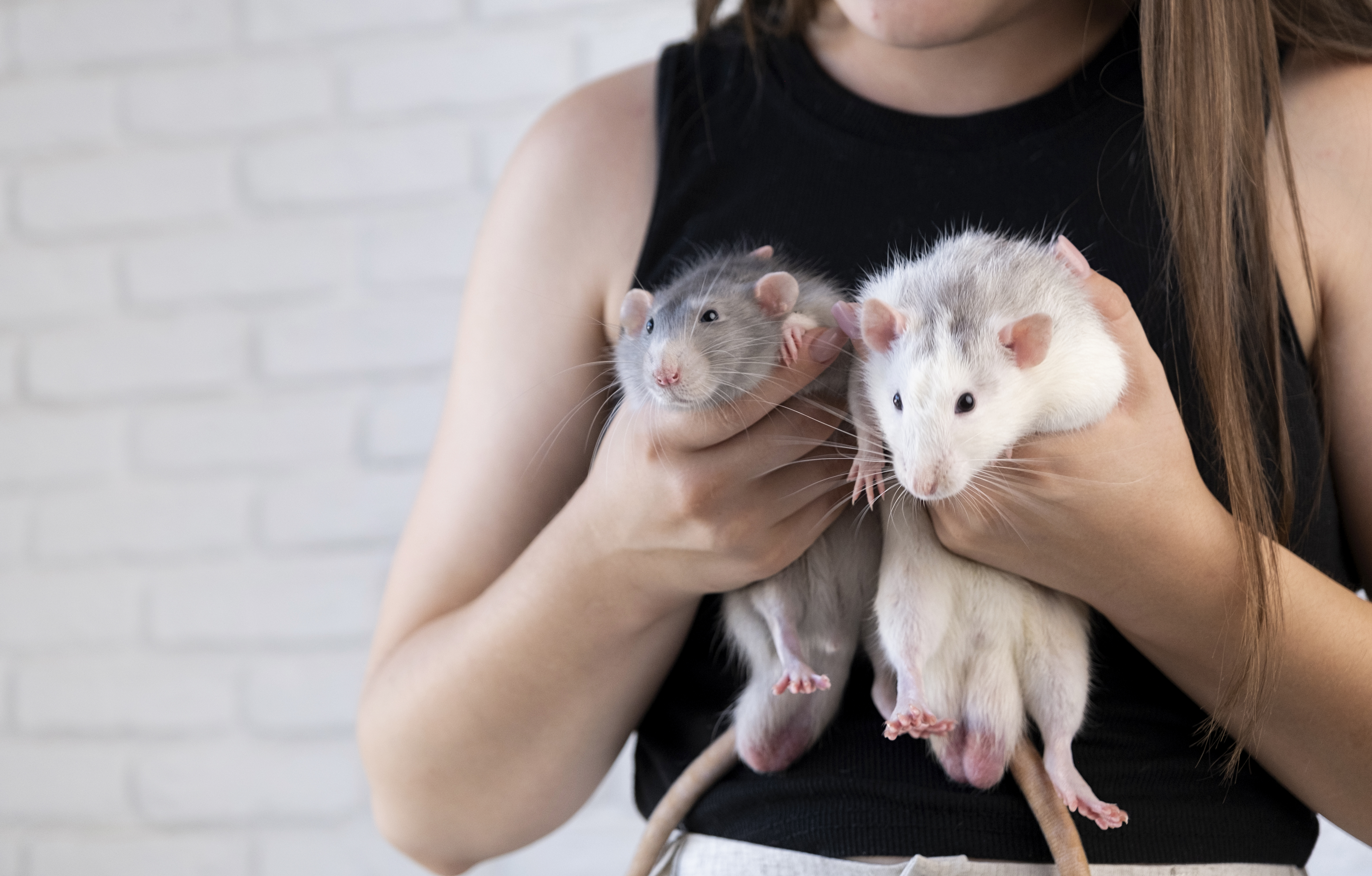Eighteen Fantastic Ways Pets Boost Learning and Nurture Growth in Educational Settings
Pets are more than just adorable creatures that provide companionship. They can also play a significant role in educational settings, enhancing learning and nurturing growth. This article will delve into eighteen fantastic ways pets can contribute to education and personal development. From increasing empathy to boosting cognitive skills, we'll explore how our furry friends can become our teachers.
Enhancing Empathy

The first way pets can contribute to learning is by enhancing empathy. Empathy is the ability to understand and share the feelings of others. It's a vital skill that can be nurtured through interactions with pets. Students learn to care for their pets, understand their needs, and respond appropriately. This empathy can then be transferred to human relationships, improving social skills and emotional intelligence.
Responsibility

Another important lesson pets teach is responsibility. Owning a pet requires feeding, grooming, and regular vet check-ups. Children who take care of pets learn about responsibility, which can be applied to their studies and other aspects of their lives.
Animal Behavior Studies

Pets in the classroom can provide an opportunity for students to study animal behavior. This can help them understand biological concepts, the animal kingdom, and the environment. It also encourages curiosity and a love for learning.
Stress Reduction

Pets have a calming effect. Studies show that interaction with pets can reduce stress and anxiety, creating a more conducive learning environment. This can be particularly beneficial during exams or other high-stress periods.
Encouraging Physical Activity

Pets, particularly dogs, require regular exercise. This can encourage students to engage in physical activity, which has numerous health benefits and can improve concentration and cognitive function.
Improving Reading Skills

Reading to pets has been shown to improve reading skills. Pets provide a non-judgmental audience, encouraging students to practice reading aloud. This can boost confidence and improve literacy skills.
Social Skills

Pets can help improve social skills. They can act as a social lubricant, facilitating interactions and conversations. This can be particularly beneficial for students who struggle with social interactions.
Understanding Life Cycles

Pets can help students understand life cycles. From birth to death, pets go through various stages of life, providing a tangible way for students to understand these concepts.
Boosting Self-Esteem

Taking care of a pet can boost self-esteem. It gives students a sense of accomplishment and competence, which can positively affect their academic performance.
Teaching Patience

Pets require patience. They may not always behave as expected, and training them can be a slow process. This can teach students patience and perseverance.
Learning About Nutrition

Taking care of a pet's dietary needs can teach students about nutrition. This can be a stepping stone to understanding human nutrition and developing healthy eating habits.
Understanding Non-Verbal Communication

Pets communicate mainly through non-verbal cues. Understanding these cues can improve students' non-verbal communication skills, which are essential in human interactions.
Encouraging Creativity

Pets can encourage creativity. From designing pet toys to thinking of new games to play, pets can stimulate creativity and problem-solving skills.
Developing Problem-Solving Skills

Pets can present various challenges that require problem-solving. Whether it's figuring out why a pet is behaving a certain way or finding a solution to a health issue, these challenges can enhance problem-solving skills.
Learning About Breeds and Species

Having pets in the classroom can provide an opportunity to learn about different breeds and species. This can enhance students' understanding of biodiversity and evolution.
Encouraging a Sense of Community

A classroom pet can encourage a sense of community. Students can work together to take care of the pet, fostering teamwork and cooperation.
Teaching About Animal Rights and Welfare

Having pets in the classroom can also provide an opportunity to teach students about animal rights and welfare. This can foster a sense of respect and compassion for all living beings.
Pets can contribute significantly to learning and growth in educational settings. They provide numerous opportunities for students to develop important skills and understand key concepts. From enhancing empathy to teaching about animal rights, pets truly are fantastic teachers.







